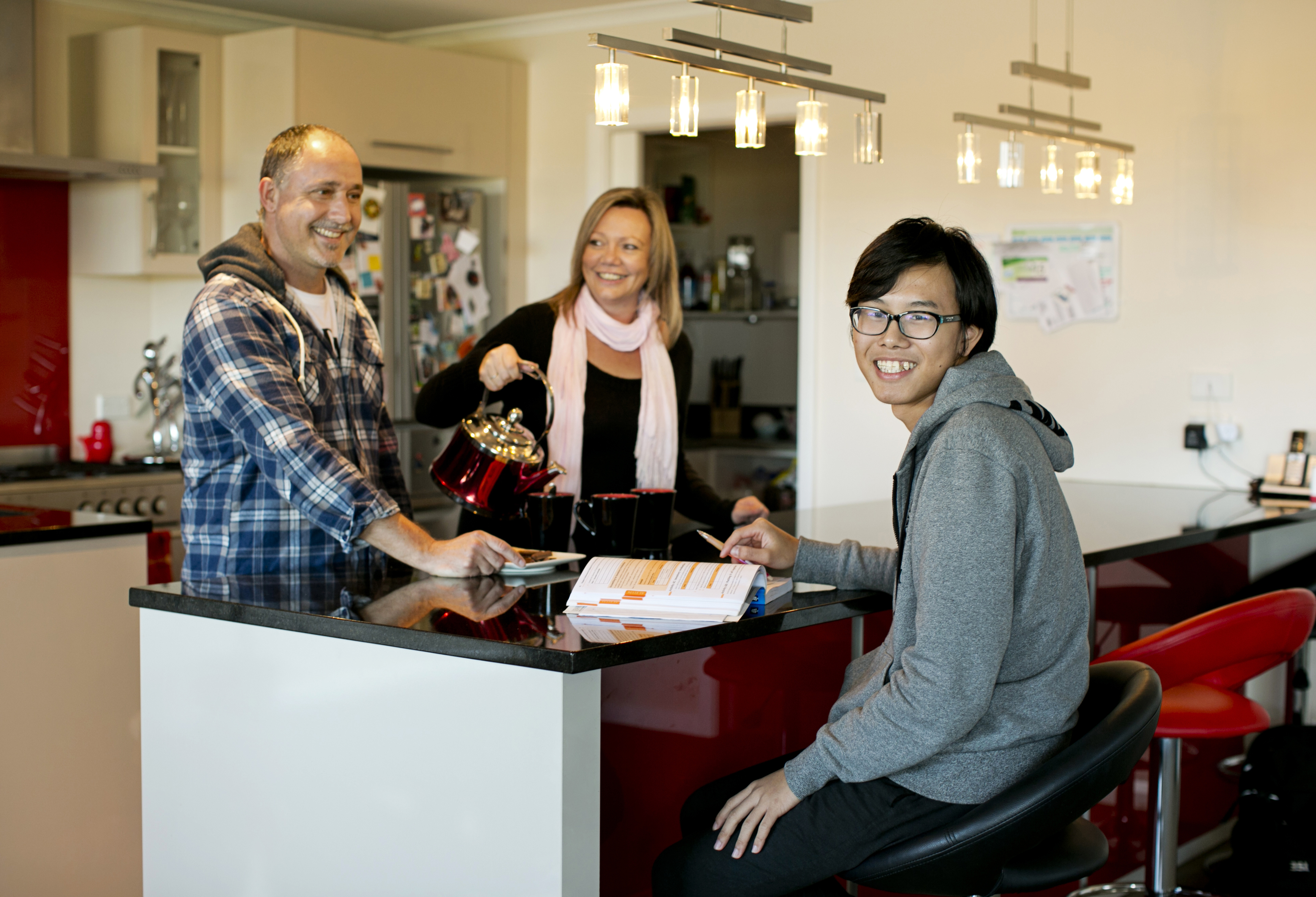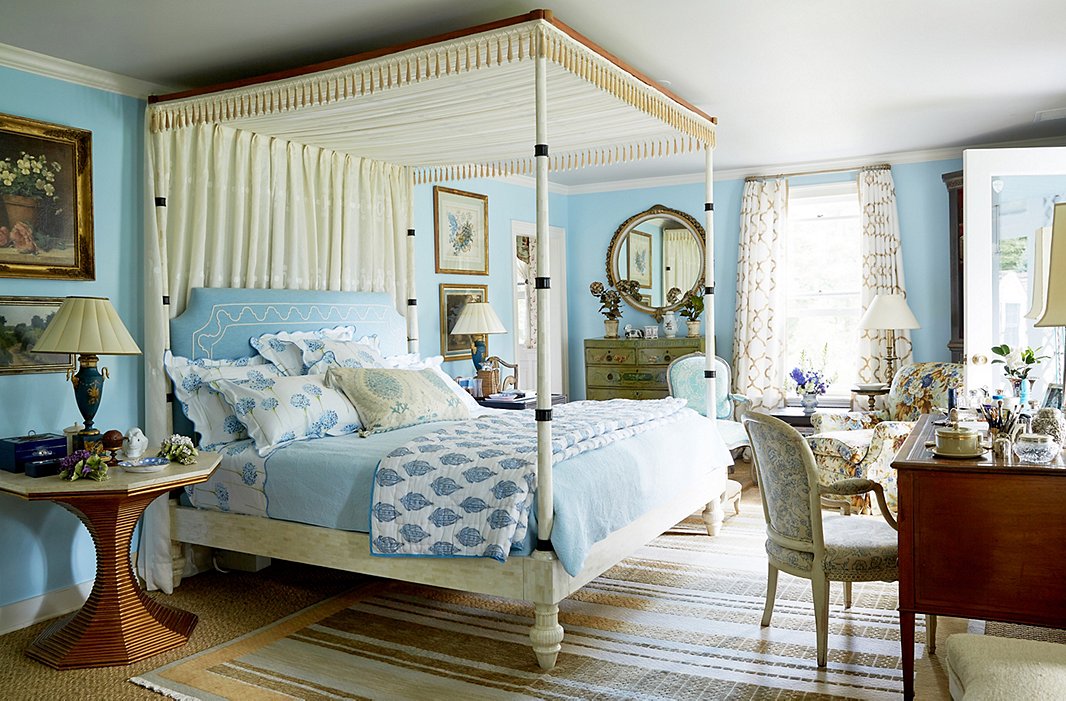Home | Student Life | Boarding and Accommodation
The Homestay Experience
 The nurturing environment in a host family provides the support and care that students need to focus on their high school programme, achieve great academic results and successfully adjust to their new Canadian lifestyle. This is the preferred option of accommodation for 99% of international students in Canada.
The nurturing environment in a host family provides the support and care that students need to focus on their high school programme, achieve great academic results and successfully adjust to their new Canadian lifestyle. This is the preferred option of accommodation for 99% of international students in Canada.
COA Homestay ensures that all students placed in our programme have the same standards of care and lifestyle regardless of the location of placement.
* a few select school districts manage their own homestay
Definition of a homestay
Host families are among the most welcoming and generous people in Canada. They open their homes and share their lives to ensure international students are in a secure and stable home environment while integrating into their new Canadian community and school. Host families cannot be described in one “perfect” picture. Just as families around the world vary in their size, arrangements and demographics, so too do CISS host families. What they all have in common is their desire to share the Canadian experience and provide a caring home environment to students from around the world.
Requirements to be a host family
Our internal homestay team (COA Hometay) screens, interviews and constantly monitors host families to ensure top quality care, safety and comfort for each student. Host families must be willing to provide the care and nurturing that a teen student requires, not just scholastically, but also socially and culturally. An English-speaking home environment (or French where required) is critical to ensuring students see an increase in their linguistic fluency. Families are encouraged to include the student in their daily activities. For an international student, he or she will become a member of their new Canadian family. Building this special relationship requires a openness by both the student and the host family.
![Homestays – Te Puke High School]() Reasons our families decide to be a host
Reasons our families decide to be a host
Families choose to host for a wide variety of reasons. Many are proud of their community and want to share this with newcomers or find hosting to be an ideal way for their own children to know more about the world through having international students. Others have grown children and see this as an opportunity to continue to be parents.
Monitoring
We are privileged to be a well-respected company, known for ensuring standards and personal contact with the hosting families. We employ coordinators in each city or region to manage, recruit and monitor the hosts in that area. During the programme, these coordinators closely monitor each student’s well-being through regular home visits and communication with host families. This information is incorporated into the CISS reports which are provided for every student, twice per semester.
WELCOMING FAMILY : Families are all different but share the desire to welcome their student to Canada
PRIVATE BEDROOM : Private bedroom in a family home
MEALS : Breakfast, lunch, dinner daily
SAFE AND SECURE : Safe and supportive home environment
QUIET STUDY SPACE : Either in bedroom or another area of the home, study space for student
Facility
Homes
 Homes in Canada vary in size and composition. All homes are inspected for cleanliness and a nurturing home environment. Cleaning of a home is the responsibility of all family members, as middle-class families in Canada do not typically employ a full-time housekeeper. Students must expect to assist with chores (ie. Keeping bedroom tidy, cleaning kitchen after meals etc).
Homes in Canada vary in size and composition. All homes are inspected for cleanliness and a nurturing home environment. Cleaning of a home is the responsibility of all family members, as middle-class families in Canada do not typically employ a full-time housekeeper. Students must expect to assist with chores (ie. Keeping bedroom tidy, cleaning kitchen after meals etc).
A typical home in Canada includes:
- Homes may be large and multi-story, or bungalow style where the main living areas are all on one floor. Homes may be detached, or attached to one other or to multiple homes. Apartments or Condos are also appropriate provided there is sufficient space for the student.
- In smaller towns, families may live on a farm or in a farming community.
In general, homes in large urban cities are typically smaller (or are apartments) as the density of the city requires smaller residential land plots. Larger homes are more often found in the suburban areas or smaller towns, where more available land allows for larger homes.
Bedrooms for all family members. Students will have a private room that includes a bed, dresser and closet. If there is space, the bedroom may also have a desk. Otherwise, a desk/quiet study area is available to the student in another area of the home
1-2 full bathrooms that include a toilet, sink, shower or bathtub/shower combination. Bathrooms are typically shared by family members. Students should not expect a private bathroom, and must respect this as shared space
Kitchen for cooking, and if large enough there may be an eating area
Dining rooms are for family meals. Not all homes have a separate dining room. Often, this is incorporated into a larger kitchen.
Living rooms are for family gatherings or guests when they visit. They may include a TV or other entertainment. Larger homes may also have a family room or “rec” room that holds the main or secondary TV and other entertainment. If a home has both, the rec room is often where the kids play or watch TV, leaving the living room for more formal use.
Basements in most Canadian homes are finished and considered a livable part of the house (not to be confused with a cellar). Living rooms or rec rooms are often in the basement.
Laundry rooms have a washing machine and dryer. Some families may hang laundry outside to dry. Each host family will advise the laundry schedule and who is responsible for the laundry, and how to use the machines.
Backyards range from small to large, and are typically used in warmer weather for outdoor entertaining, including BBQ dinners and activities.
Frontyards (and backyards) are often landscaped with grass and small gardens. Mowing the grass is the responsibly of the homeowner, and may be a chore of the children (or student).
- Homes may be large and multi-story, or bungalow style where the main living areas are all on one floor. Homes may be detached, or attached to one other or to multiple homes. Apartments or Condos are also appropriate provided there is sufficient space for the student.
- In smaller towns, families may live on a farm or in a farming community.
- In general, homes in large urban cities are typically smaller (or are apartments) as the density of the city requires smaller residential land plots. Larger homes are more often found in the suburban areas or smaller towns, where more available land allows for larger homes.
Living Environment
Option 1: Niagara College
Every suite will have individual kitchens, along with bathrooms and two bedrooms. Each bedroom will have a double bed, work desk, satellite TV, and internet. Niagara College will provide breakfast. Lunch and dinner will be provided by professional catering companies.
Option 2: Motel
Students can choose to live in motels, where sanitation is not a issue as there will be professional cleaners. Students will be housed in double rooms, equipped with heating and air conditioning, along with telephones.
Option 3: Home Stay
The families that are chosen will have been through a thorough background
check and investigation to ensure that students have a safe, comfortable, and reliable living environment. Students who choose this option have amazing opportunities to practice English, learn about local culture, and develop strong friendships.


 Reasons our families decide to be a host
Reasons our families decide to be a host

